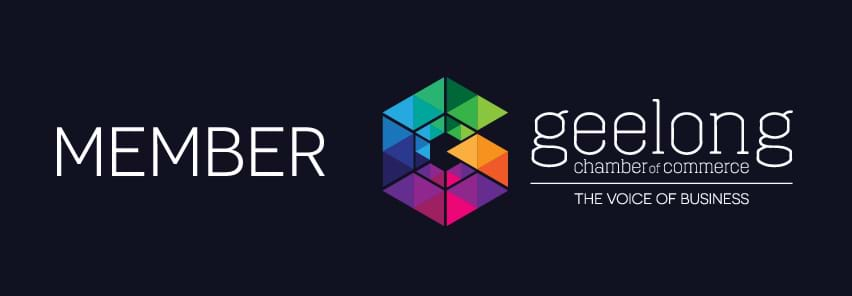We asked small business owners, website designers, marketing managers and web copywriting specialists what they determined was the most important feature of an eCommerce website.
It’s one thing for your online store to be found among the jungle of digital online shopping options, its another to convert that online window shopper into a wallet opening customer. Cha-ching!
We’ve worked with a number of eCommerce stores over the years including clients in the wine industry, homewares, wholesale giftware, fashion retail and membership sites. We have some strong ideas and strategic plays for eCommerce website design. However, for a more complete view, in this article we decided to get thoughts on the most important features of an eCommerce website direct from those running, managing and marketing online stores.
We asked Australian small business owners, marketing superstars and experienced copyrighters what they rate as the #1 must have feature on an any eCommerce website.
If you run an eCommerce website - how many items in this list can you check off?
Three (or less steps to checkout). No more than 3 steps to checkout is the advice from Belinda Austin of 6FT6 Wines. If someone wants a product bad enough they might persist with an awkward navigation but if the checkout process is all kinds of messed up then Belinda advises that your customers are going to click-away.
Belinda also adds that having a product people really want to buy is important. If customers want your product badly enough they’ll often persistent even with poor navigation or site design.
Anu Sawhney from online ethical jewellery store Bidiliia recommends using consistent product images. Nothing makes for a more disjointed online customer experience than product images with no consistency. On her own online store, Anu uses a simple white background on product images, this allows her product to shine and provides a consistent look across her website.
Speedy checkout process, being able to understand shipping costs before getting to the point of adding things to cart and clearly showing the purchase and checkout currency is the #1 requirement for an eCommerce website says Lauren Moxey from the Tutor Gurus.
Being able to quickly find details on the returns policy and delivery costs advises experienced eCommerce marketer Cath Fowler.
Simple and easy purchase and checkout process is the recommendation from Natalie Batteglia of Shelves for Shops.
Web Copywriter Kate Merryweather has worked on many eCommerce sites and advises that really good product photos are important as customers don’t have the opportunity to touch and feel the real product.
Kate Toon SEO copywriter and Consultant urges that a product-led navigation is crucial to a great ecommerce website. Many shop sites have pointless pages in their primary navigation, about, blog, even - * shudders * - terms and conditions. NO! The primary navigation should be a list of core product categories, so within seconds of hitting a home page the user can understand the full-range of what the site sells, without having to look at a picture or read any blurb.
Krystala Charalambous from Modella, an online retail clothing store shares that a familiar checkout without any strange redirections or surprises is crucial. Additionally she adds that flexibly during the checkout process to change or edit order with the click of a button as any good eCommerce strategy can backfire the moment a customer tries to apply a promo code and it doesn’t work - very frustrating experiences don’t covert.
We agree with what Claire Steinke puts forward: Ensure your product categories make sense to the user and the navigation is easy to follow. This includes the categories that follow on from the main menu. Failing to categorise well means that customers will have to browse through 200 products because they can’t narrow their search down.
Having multiple ways to filter down once you are in a category is also helpful. Filters that will narrow down to a colour, style, price, brand or any other factor that could narrow a search down where you might have hundreds of products.
Gorman: Simple and relevant filter options.
Using above the fold space cleverly is the advice offered by Inoka Ho of Cocktail Co. Using the space to communicate key messages that tell people what you sell and the benefits, as well as important information such as free or flat rate shipping.
Dierdre Le Blang describes why she regards font size and style as important eCommerce design considerations. “If I have to put glasses on to read what I want to purchase and the design (colours and font type) make my brain hurt - I'm out of there.”
Lack of contrast between text and background, too-small font size and overly artistic font style for paragraph text is not only a turn off for the reader - it’s near impossible for the potential customer to get the neccesary information they need.
In a 2018 report by Australia Post, it was predicted that by 2020, 1 in 10 items will be bought online. If you need to improve your eCommerce website to ensure good user experience and maximise cart size, download our free small business guide to eCommerce website design and start making improvements today.
If you need a little assistance getting your eCommerce design in check, get in contact with us. We love planning and implementing eCommerce website design strategies to help ecommerce store owners grow their business.












